Don’t Toss Those Seeds! The Kitchen Pro’s Guide to What’s Safe (and What’s Not)
I learned a crucial lesson early on in professional kitchens: waste is just unlocked flavor. The old-school pros I worked with taught me to see potential in everything, from veggie peels for stock to herb stems for infused oils. It’s a philosophy built on respect for the food, not some new trend.
In this article
And that brings us to fruit seeds and pits. So many people just toss them, but some are hiding amazing flavors and textures. The internet, of course, is a wild place—you’ll find articles telling you to eat everything, and some of that advice is flat-out dangerous. Honestly, knowing what not to use is just as important as knowing what you can.
This guide is your new game plan. We’ll go over which seeds are great, which require a bit of caution, and which ones should absolutely, positively end up in the compost bin. No fads, just solid, safe advice so you can get creative in the kitchen with confidence.
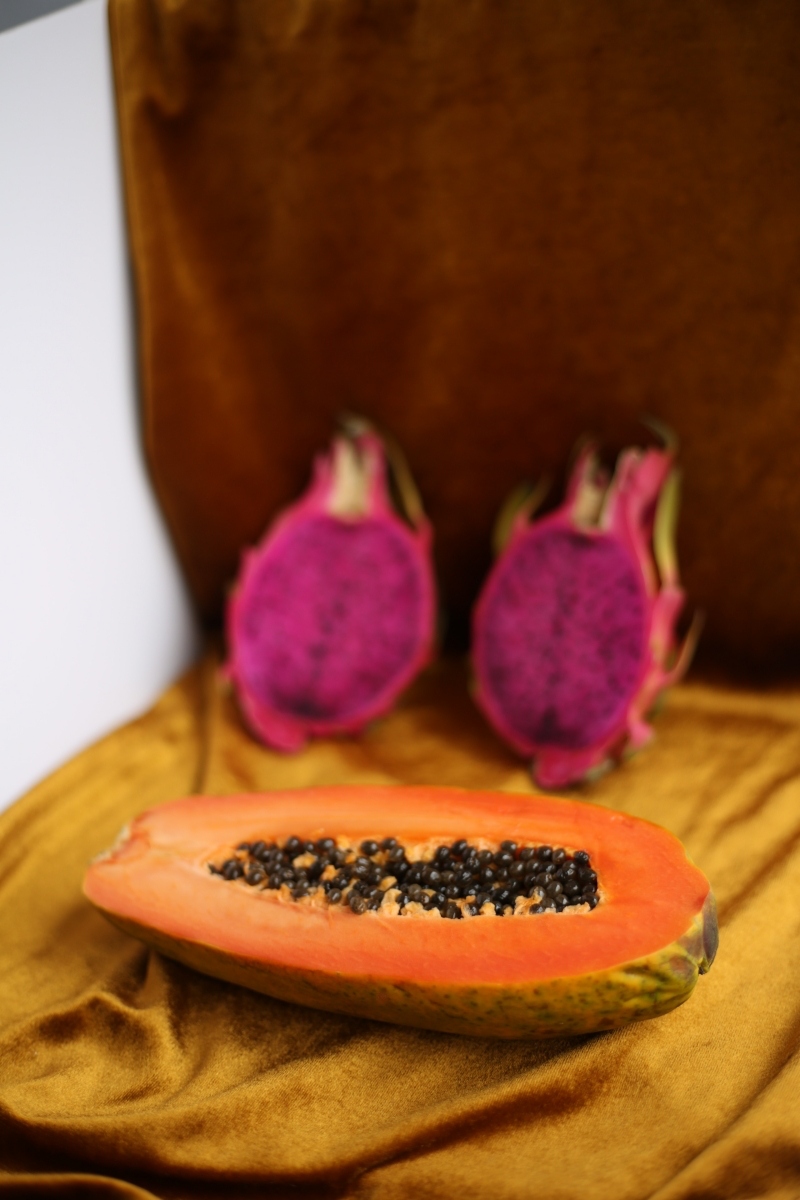
The Quick Lowdown: Safe, Sketchy, or Stay Away?
For those who just want the highlights, here’s a quick rundown. Screenshot this!
Go For It! (Safe & Delicious)
- Pomegranate Seeds (Arils): The juicy, crunchy jewels. Totally safe and easy to use.
- Watermelon Seeds: Don’t spit them out! Roast them for a fantastic, nutty snack.
- Passion Fruit Seeds: The crunch is part of the fun. Eat them along with the pulp.
Use With Caution (A Little Goes a Long Way)
- Papaya Seeds: Treat these like a powerful spice, not a snack. They have a very strong, peppery kick.
Hard Pass (Just Don’t)
- Apple, Pear, & Stone Fruit Pits: This includes pits from cherries, apricots, peaches, and plums. They contain compounds that can be harmful when crushed.
- Avocado Pits: The science on their safety for humans is murky at best. Not worth the risk.
- Citrus Seeds: While not dangerous, they’re incredibly bitter and will ruin your dish.
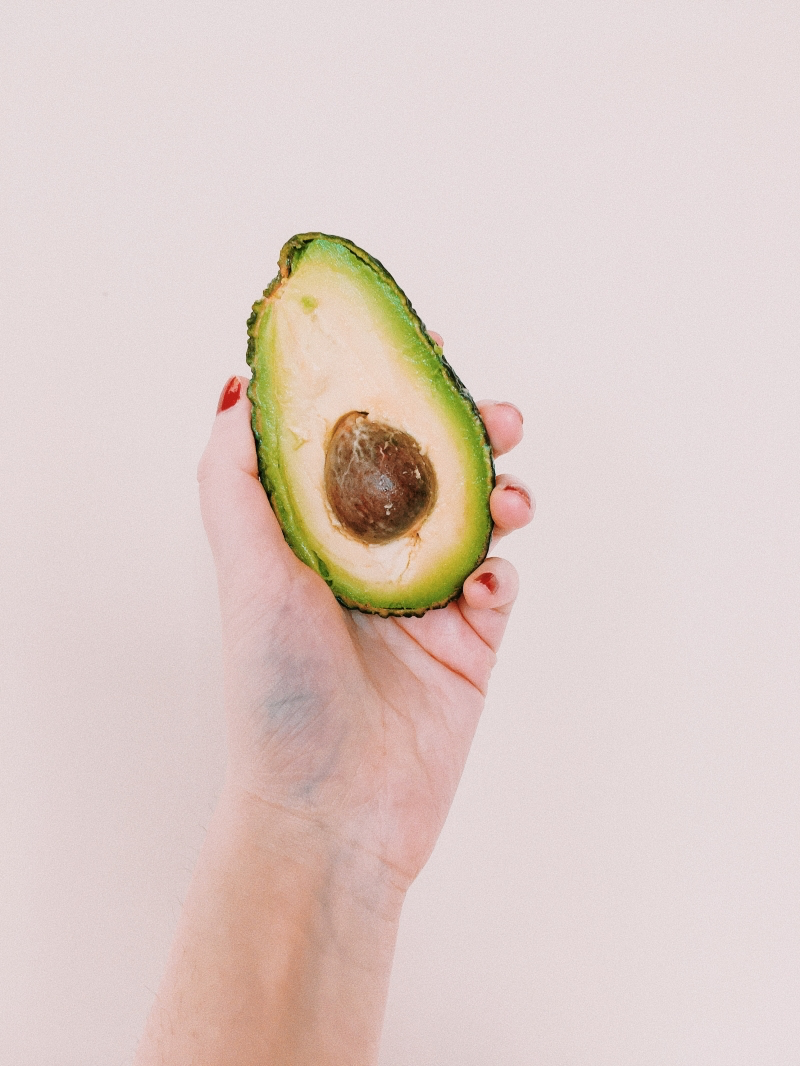
Why You Can’t Just Eat Them Raw
So, why all the prep? A seed’s main job is to protect a future plant, so it has a built-in security system. This includes a tough outer shell and natural compounds called “antinutrients.” These compounds can make it hard for our bodies to absorb minerals or can cause digestive issues like gas and bloating.
This is why techniques like roasting and drying are so important. They’re not just for flavor—they help disarm that security system, making the seeds easier to digest and unlocking their nutritional value. It’s the difference between a tasty ingredient and a stomach ache.
The Everyday Edibles: Seeds to Use with Confidence
These are the seeds you can embrace without worry. They’re common, safe, and delicious when handled right.
Pomegranate Seeds
Technically, we’re eating the “aril”—the juicy sac around the seed—but the tiny seed inside is perfectly edible and provides a great crunch. They’re a star in Mediterranean and Middle Eastern food for a reason.
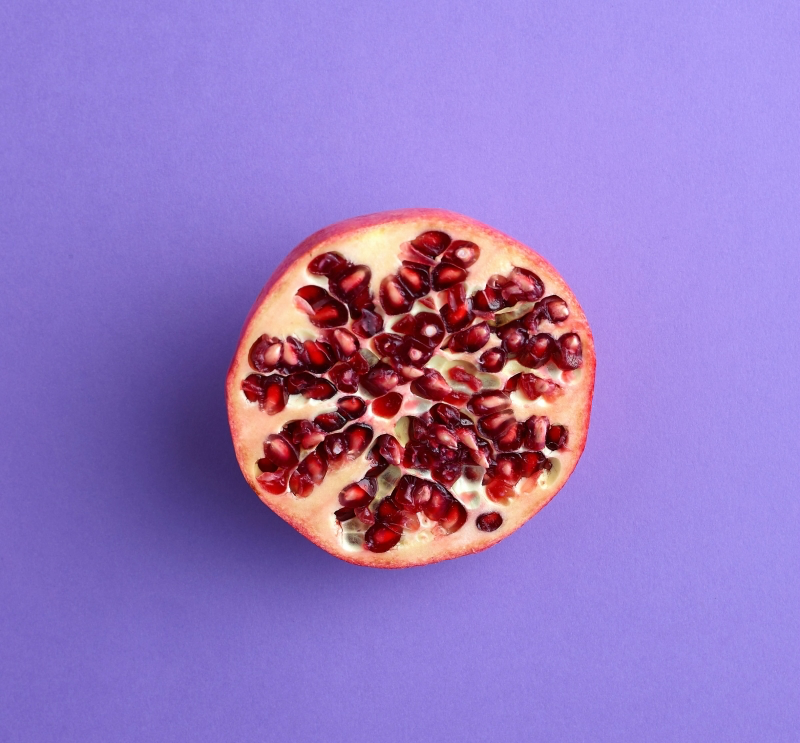
Quick tip for getting them out mess-free:
- You’ll need: A big bowl of water and a wooden spoon. That’s it.
- Cut the pomegranate in half. Hold one half, cut-side down, over the bowl of water.
- Now, whack the back of the fruit firmly with the spoon. The arils will pop out and sink, while the bitter white pith floats to the top.
- Skim the pith off, drain the water, and you’re golden. This trick saves so much time.
Their tart burst is perfect for cutting through rich flavors. I love tossing them on roasted lamb, into grain salads, or even on top of guacamole for a pop of color and acid.
Watermelon Seeds
You know the black seeds in a regular watermelon? They’re completely edible and, when roasted, taste a lot like sunflower seeds. The white, soft “seeds” in seedless varieties are just immature seed coats and are fine to eat as is.
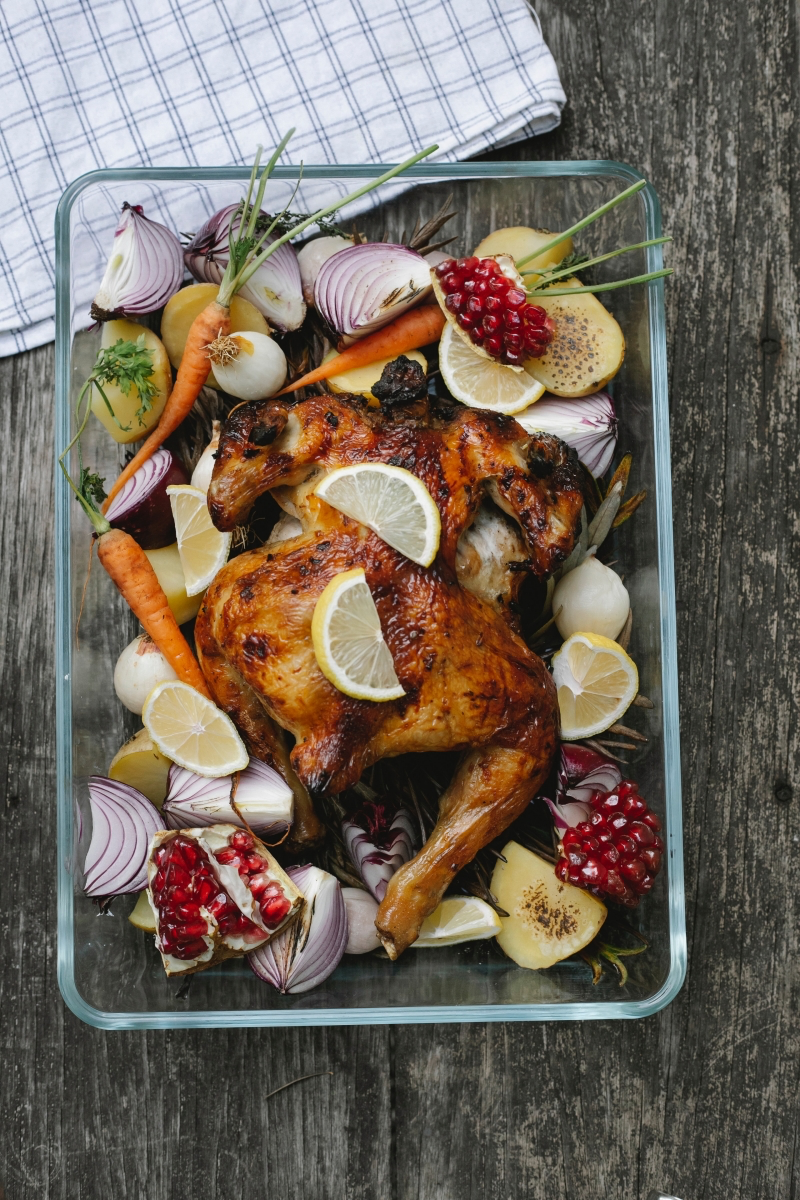
How to Roast Them:
- Rinse and pat the seeds completely dry. This is key for getting them crispy.
- Toss them with a little neutral oil (like canola or grapeseed) and a pinch of salt.
- Spread them on a baking sheet and roast at 325°F (160°C) for 15-20 minutes. Shake the pan once. They’ll start to pop a little when they’re done.
A personal story: The first time I tried this, I cranked the heat to 400°F to speed things up. I ended up with a tray of bitter charcoal. Don’t be like me—low and slow is the secret! Once they’re cool, store them in an airtight container for up to two weeks.
Good to know: For extra flavor, try adding smoked paprika, garlic powder, or a little cayenne before roasting. And for all you air fryer fans, a few minutes at around 300°F (150°C) works great—just watch them closely because they can burn fast.
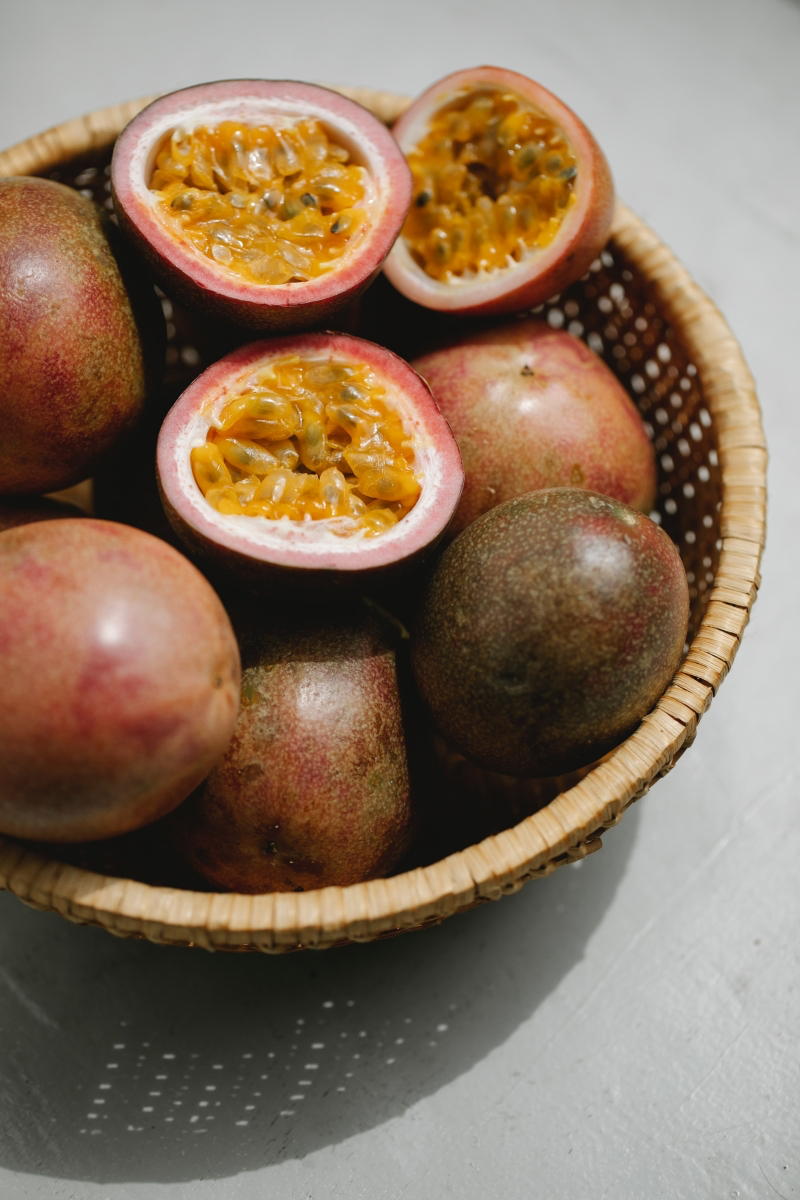
Passion Fruit Seeds
With passion fruit, the seeds are part of the package deal. They provide an incredible crunch that contrasts perfectly with the tangy, aromatic pulp. Just scoop and eat. If you’re making a smooth purée for a cocktail or a panna cotta, push the pulp through a fine-mesh sieve. But don’t toss those seeds! You can rinse, toast, and sprinkle them on yogurt for a flavorless, fiber-rich crunch.
Use with Caution: For the Adventurous Cook
Okay, let’s talk about the one that’s a bit of an outlier. It’s interesting, but you need to know what you’re doing.
Papaya Seeds
If you’ve ever dared to taste a raw papaya seed, you know it’s no joke. It has a sharp, intense bite. The flavor is a cross between horseradish and a peppery radish—it’s got a pungent heat, not the slow burn of a chili. That punch comes from a specific compound that can upset your stomach in large doses.
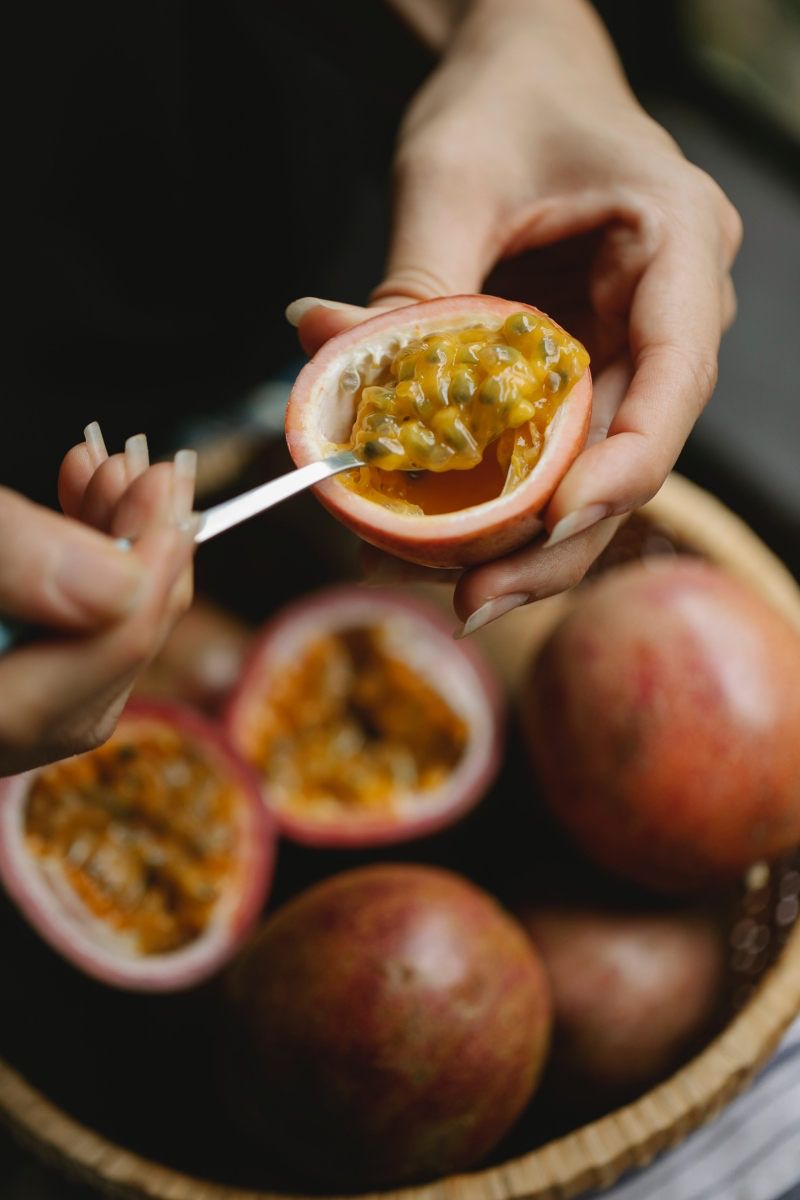
This is critical: Treat papaya seeds as a powerful spice, not a health food to be eaten by the spoonful. A safe starting point is a quarter-teaspoon of the dried, ground seeds for an entire dish serving four people.
To use them, scoop them out and rinse away the gelatinous sac. Then, you have to dry them completely. You can either air-dry them for a few days or use an oven on its lowest setting (around 150°F / 65°C) for a couple of hours. Once they look shrunken and hard, they’re ready. Grind them in a spice grinder and use the powder as a substitute for black pepper. It’s fantastic in marinades and salad dressings.
Seeds to Avoid: A Clear Professional Warning
This is the most important part of the guide. No matter what you read in a random blog post, these seeds should be avoided. The risk isn’t worth it.
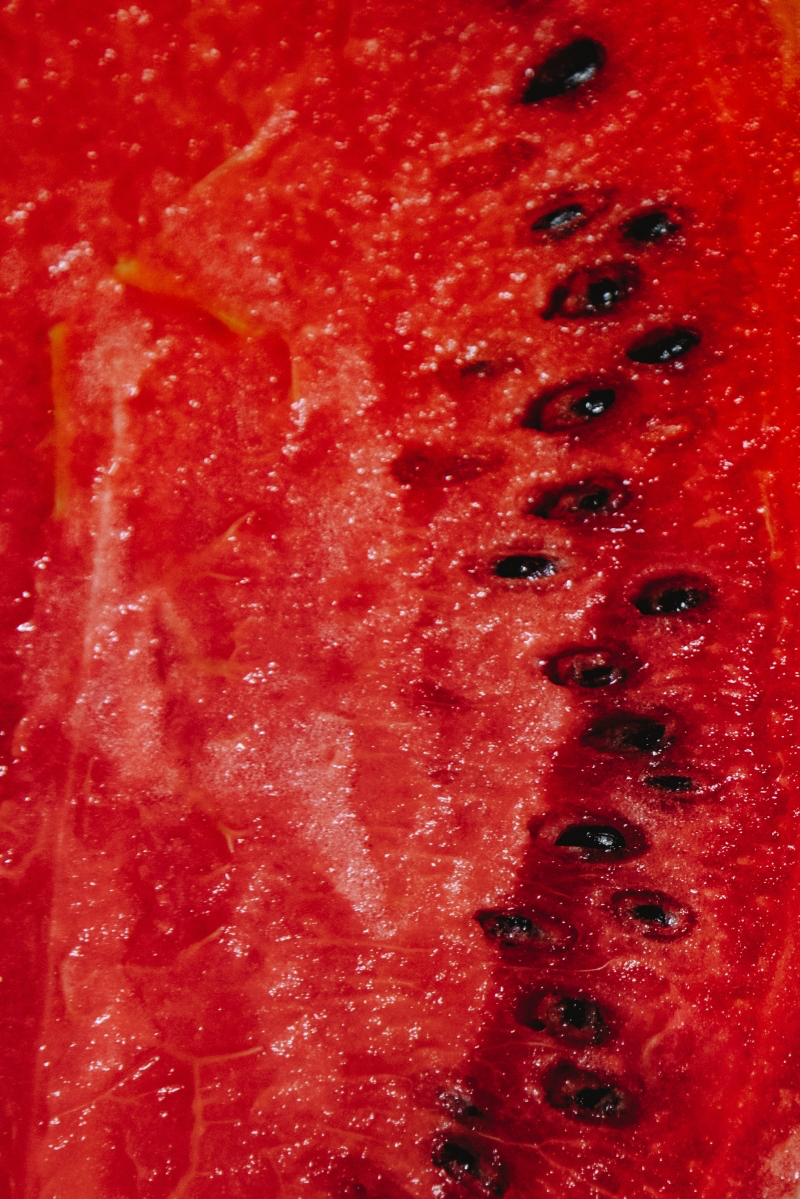
Apple, Cherry, Apricot, and Other Pits
Fruits from the rose family—that’s apples, pears, peaches, plums, apricots, and cherries—have seeds or pits containing a compound called amygdalin. When chewed or crushed, it can release cyanide. Now, you’d have to chew a lot of them to cause serious harm, but why risk it at all? In every professional kitchen, the rule is absolute: these go straight to the compost.
“But wait,” you might ask, “what about amaretto? I’ve heard it’s made from apricot kernels!” You’re not wrong, but here’s the crucial difference: the apricot kernels used for traditional liqueurs are a specific type, often sourced and processed to manage their safety. They are not the same as the random pit from the apricot you just ate. For home cooking, it’s a clear and simple no-go.
Avocado Pits
This is probably the biggest myth online. You’ll see videos of people grinding avocado pits into smoothies. Please don’t do this. The pits contain a substance that can be toxic to animals, and the research on its long-term effects on humans is incredibly limited. When the science isn’t there, the safest bet is to steer clear.
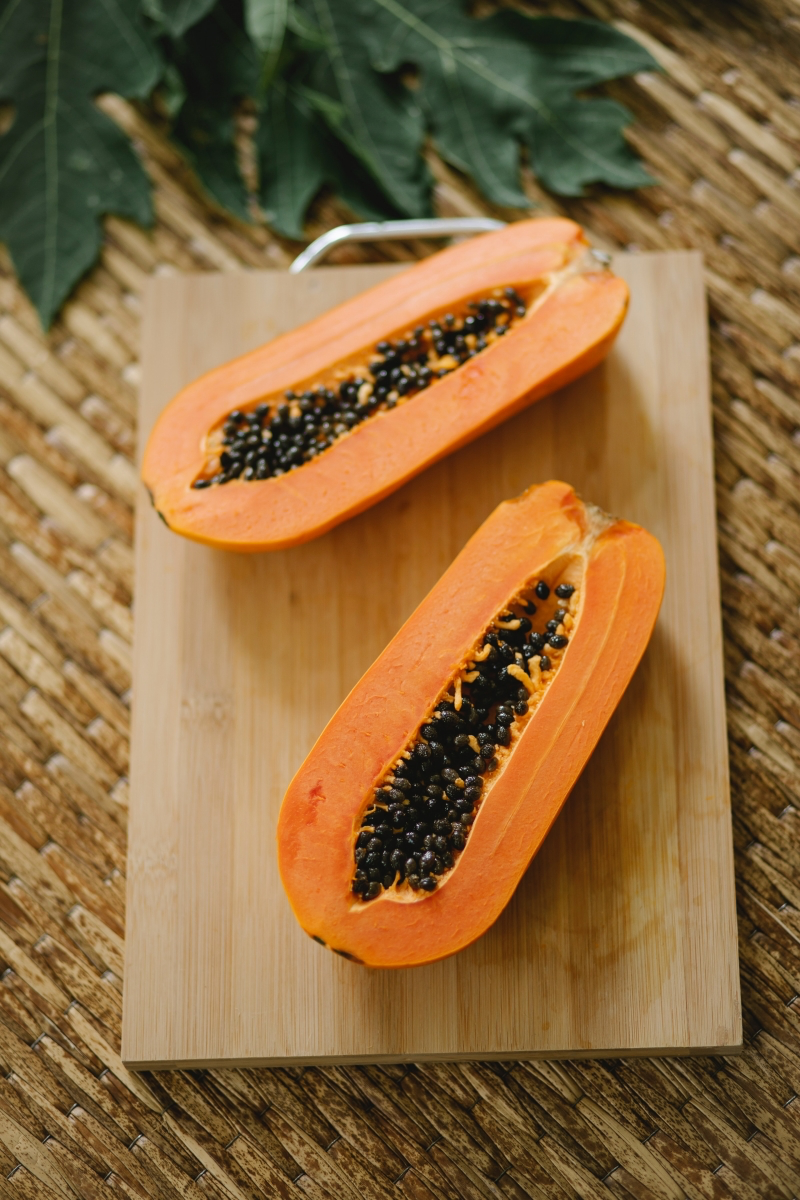
Instead of eating it, try this: Avocado pits are amazing for other projects! You can easily sprout one for a cool houseplant—just suspend it over a jar of water with toothpicks and watch it grow. Or, you can make a beautiful natural dye. Just chop up a clean pit, boil it in water, and it will create a surprising and lovely pink dye for fabrics. It’s a great, safe way to use the whole avocado.
Final Thoughts: The Smart Cook’s Choice
Being a resourceful cook is fantastic, but being a safe cook is non-negotiable. True skill lies in knowing the difference. It’s about respecting the ingredients enough to understand their properties—both good and bad.
So have fun! If you’re looking for a quick win, roast a batch of watermelon seeds. It’s a simple, 20-minute project that gives you a delicious, crunchy snack you made yourself for practically free. Enjoy the pop of pomegranate arils and the crunch of passion fruit. But please, leave the questionable pits and seeds where they belong: in the compost bin.
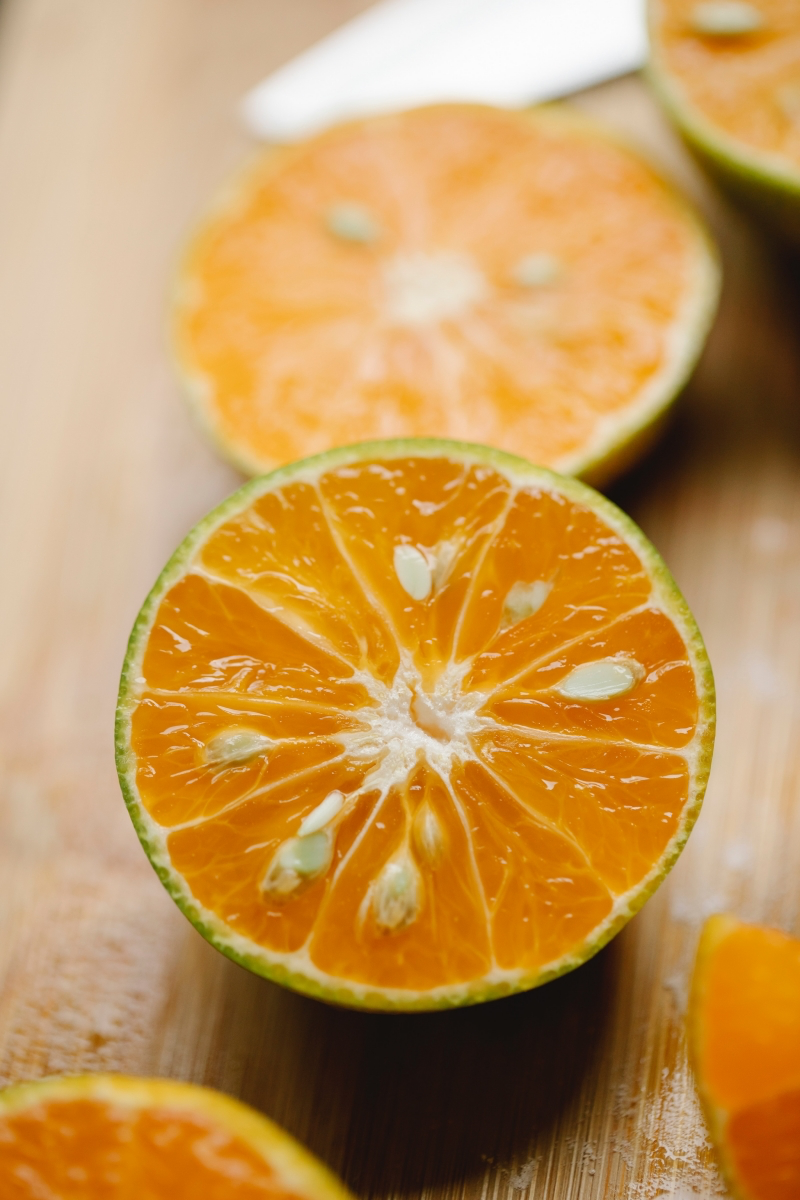
Inspiration:
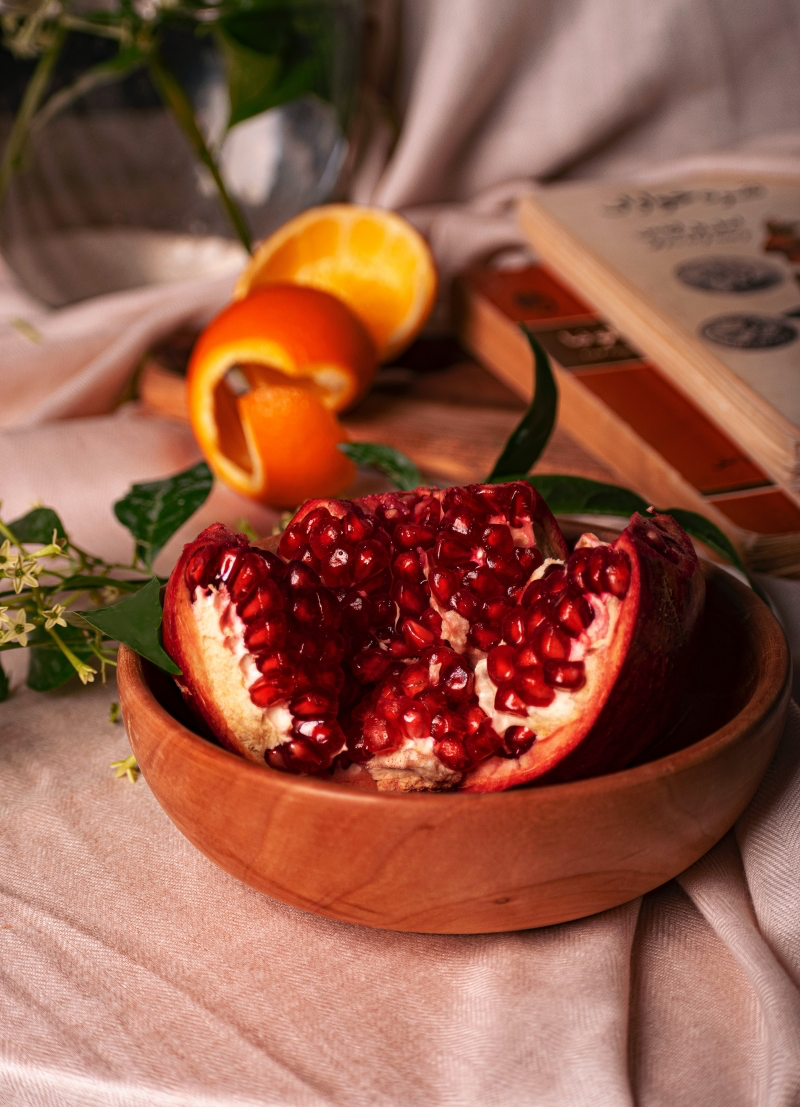
You’ve read that papaya seeds have a peppery kick, but how do you actually use them? Don’t just chew them raw. Transform them into a gourmet spice that will amaze your guests. It’s simpler than you think and a fantastic way to practice zero-waste cooking.
- Clean & Prep: First, rinse the seeds thoroughly to remove all the gelatinous pulp. A fine-mesh sieve works perfectly for this.
- Dehydrate: Spread them on a baking sheet and either sun-dry them for a few days or bake them in an oven at the lowest temperature (around 150°F or 65°C) for 2-3 hours until completely dry and brittle.
- Grind: Once cool, blitz them in a dedicated spice grinder—a Krups Fast Touch is great for this—or use a mortar and pestle for a coarser texture. Store in an airtight jar and use it just as you would black pepper on salads, eggs, or grilled fish.










